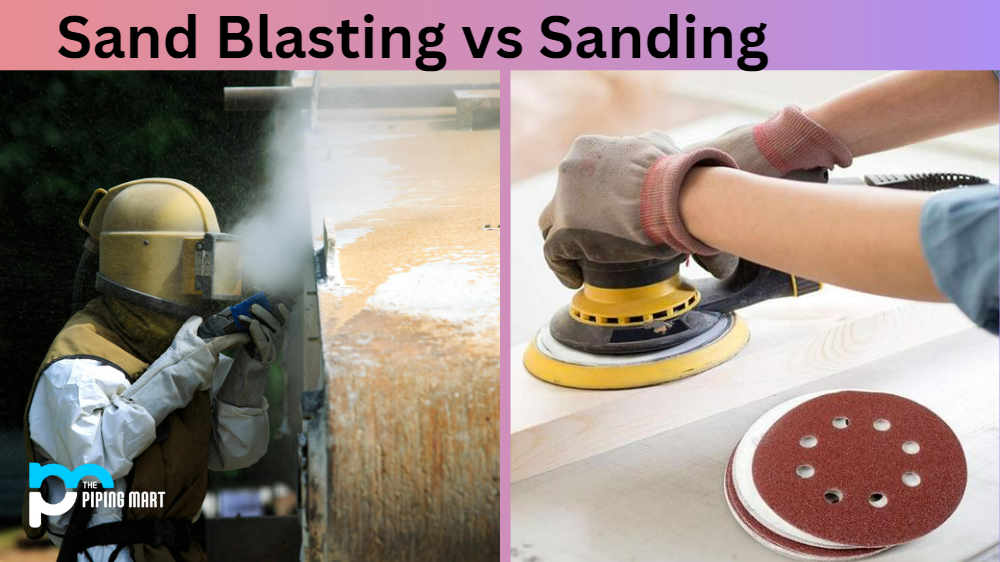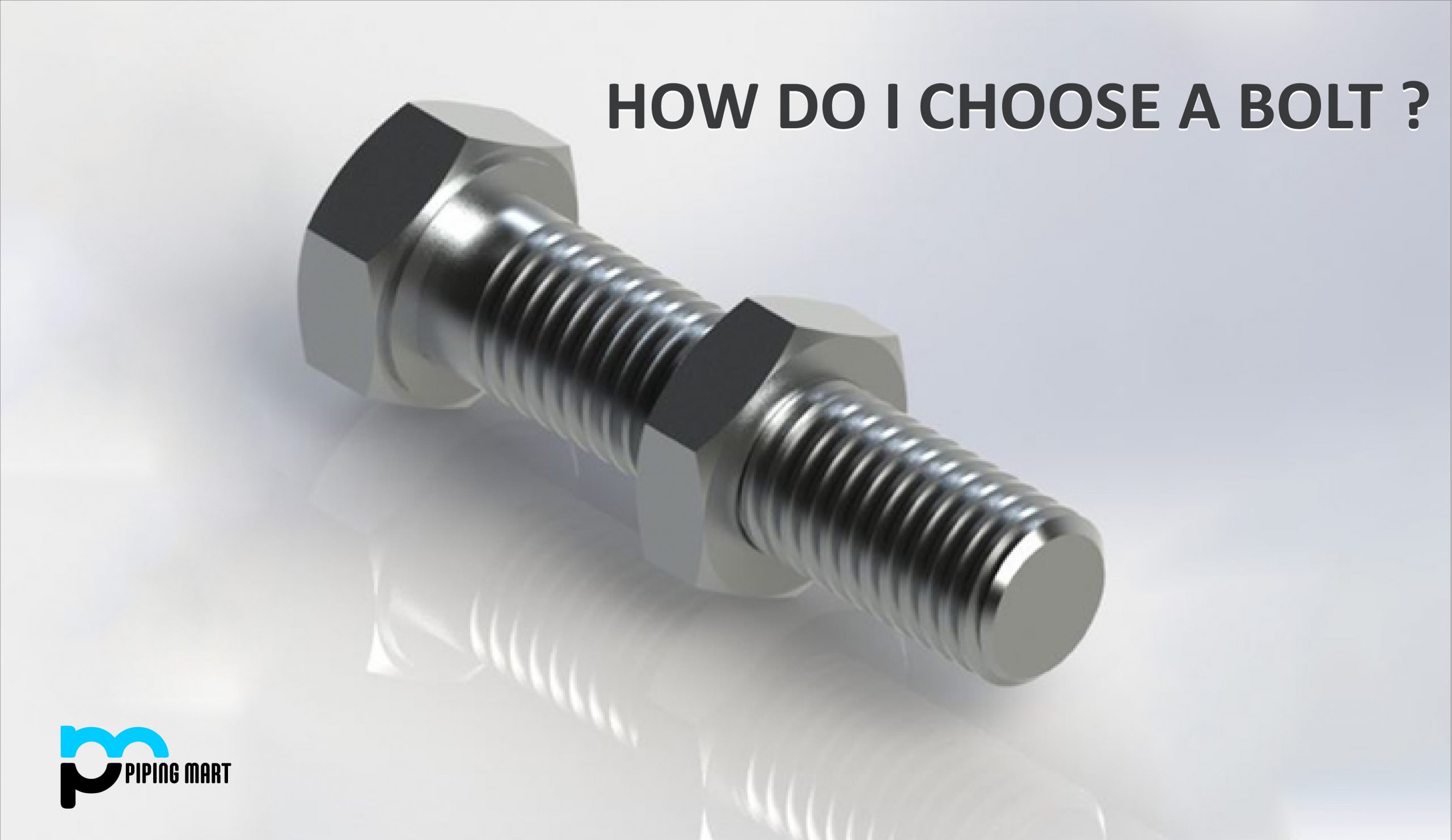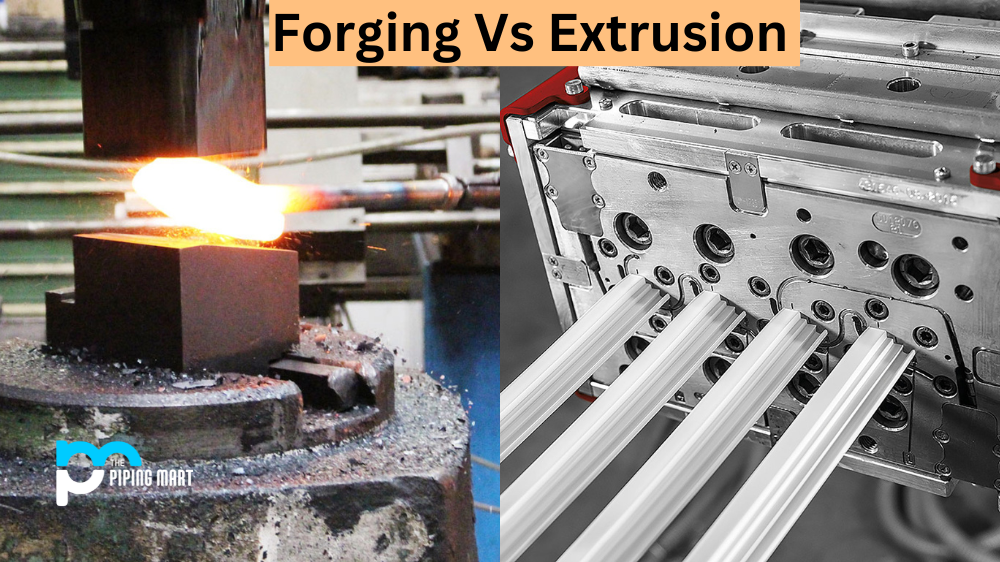Regarding surface preparation, sandblasting and sanding are two popular methods. These methods remove rust, paint, and other coatings from surfaces before applying a new layer. But which one is better? In this blog post, we’ll look closer at sandblasting and sanding to help you decide which option is better for your needs.
What is Sandblasting?
Sandblasting is a process that involves using high-pressure air or water to blast abrasive particles onto a surface to remove paint, rust, and other coatings. This process is particularly effective when removing thick layers of coatings or rust from metal surfaces. Sandblasting is one of the most efficient methods of surface preparation because it can remove coatings quickly and effectively.
What is Sanding?
Sanding involves using abrasive materials such as sandpaper to remove coatings from a surface. Sanding is often used for more delicate surfaces or requiring a finer finish. While sanding can be effective, it is usually slower than sandblasting.
Difference Between Sand Blasting and Sanding
Which Method is Better?
Whether sandblasting or sanding is better depends on the specific application. Sandblasting is more effective when removing thick coatings or rust from metal surfaces. It is also faster and more efficient than sanding. Sanding, however, is better for eliminating layers from delicate surfaces or when a finer finish is required.
Safety Precautions
Both sandblasting and sanding can produce hazardous dust that can lead to respiratory issues if inhaled. Proper safety precautions must be taken when using either of these methods. This includes wearing a respirator, goggles, and protective clothing when using sandblasting equipment or sanding.
Which Option Should You Choose?
You should consider the specific application and desired outcome when choosing between sandblasting or sanding. If you need to remove thick layers of coatings or rust from a metal surface, sandblasting is your best option. However, sanding may be your better choice if you require a finer finish or are working with a delicate texture. Always take the necessary safety precautions regardless of your chosen method.
Advantages of Sand Blasting
One advantage of sandblasting is that it can quickly remove paint, rust, or other debris from a surface than sanding. Additionally, sandblasting creates less dust than sanding.
Advantages of Sanding
One advantage of sanding is that it can be done by hand or machine. Additionally, sanding does not require high-pressure air, which can be dangerous.
Disadvantages of Sand Blasting
One disadvantage of sandblasting is that it can be dangerous if not done correctly. Also, sandblasting can create dust, harming your lungs if inhaled.
Conclusion
In conclusion, both sandblasting and sanding are effective methods of surface preparation. Choosing the correct way depends on the specific application and desired outcome. Sandblasting is generally the faster and more efficient option for removing thick layers of coatings or rust from metal surfaces. Sanding is better suited for delicate surfaces or a finer finish. Regardless of your chosen method, always prioritize safety and take precautions to protect yourself from harmful dust and chemical exposure.

Meet Bhavesh, a seasoned blogger with a wealth of knowledge and experience. From metal products manufacturing to retail, Bhavesh has a diverse background in various industries and is dedicated to sharing his insights and expertise with readers.




